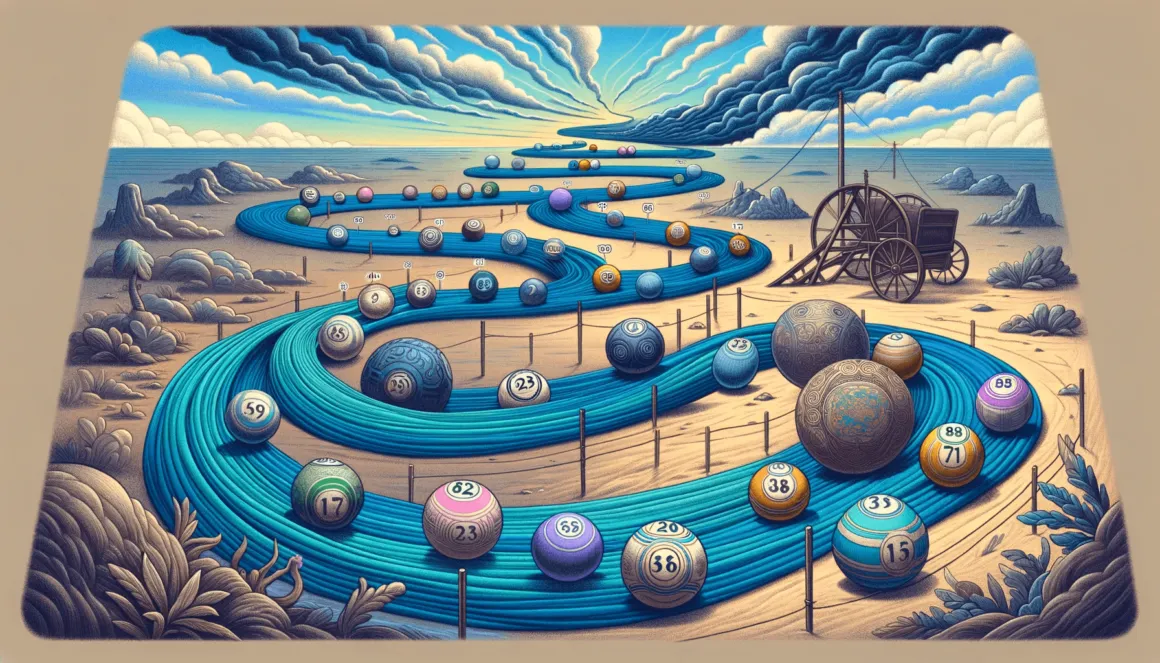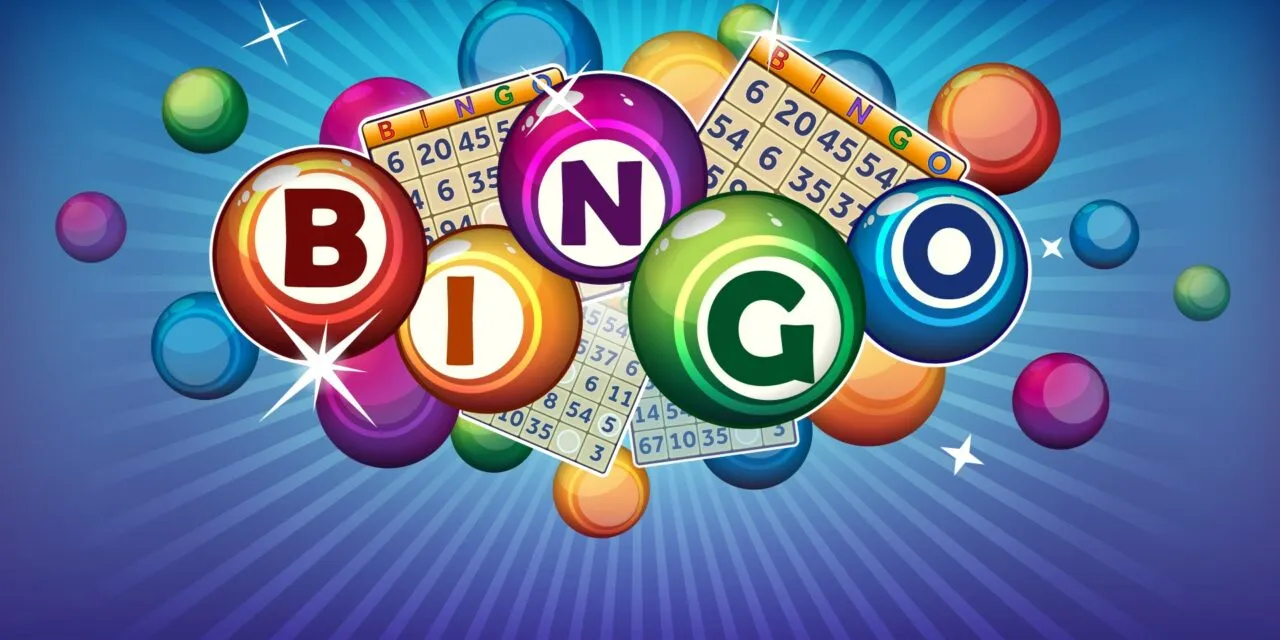The Fascinating History of Bingo From 16th Century to Online Gaming
Bingo is a popular game that has been enjoyed by people of all ages for centuries. The game has evolved over time, from its origins in Italy to its modern-day form played in bingo halls and online gaming platforms. Its popularity has only increased with time, making it one of the most beloved and well-known games across the globe.
In this article, we will take a deep dive into the history of bingo, exploring its origins, evolution, and impact on society. We will also look into the different variations of the game and how it has adapted to the ever-changing world of technology. So sit back, relax, and let’s uncover the fascinating history of bingo.

Origins of Bingo:
The origins of bingo can be traced back to 1530 in Italy, where it was known as “Il Giuoco del Lotto d’Italia.” It was a lottery-style game that quickly gained popularity among the Italian upper class. The game consisted of numbered cards and wooden chips with numbers on them, which were placed in a bag. The caller would pull out a number, and players would cover the corresponding number on their card if they had it. The first player to cover all the numbers on their card would shout “lotto!” and win the game.
The game eventually made its way to France in the late 1700s, where it was known as “Le Lotto.” It became a favorite pastime among the French aristocracy, who would often play the game at social gatherings. From France, the game spread to other European countries like Germany and Great Britain, where it gained even more popularity.
Spread of Bingo Across Europe:
In the 1800s, bingo reached Germany, where it was used as a teaching tool for children to learn numbers and spelling. The game was called “Lotto,” and it was played with nine columns and three rows, making a total of twenty-seven spaces. Each row contained five numbers and four blank spaces. The first player to fill a whole row would shout “Lotto!” and win the game.
The Germans also added a twist to the game by introducing different patterns, such as vertical, horizontal, diagonal, or all corners, to make it more challenging. This variation of bingo is still widely popular in Germany, known as “Bingo 90.”
Meanwhile, in Great Britain, the game was known as “Housey-Housey” and was played at fairs and carnivals. It was later renamed “Tombola,” and its popularity grew when it was used as a fundraising tool for churches and charities. In the early 1900s, the British government legalized bingo for charitable purposes under the name “Bingo.”
Arrival of Bingo in America:
Bingo made its way across the Atlantic Ocean to the United States in the early 1900s. It was introduced by Hugh J. Ward, a traveling toy salesman. He came across the game at a carnival in Germany and brought it back to his hometown of Pittsburgh, Pennsylvania. However, the game failed to gain popularity in the US until a New York toy manufacturer, Edwin S. Lowe, stumbled upon it at a fair in 1929.
Lowe took the game back to New York and introduced it to his friends. They loved it so much that they stayed up all night playing it. However, after several games, one of the players shouted “bingo!” instead of “beano,” which was the original name of the game in the US. Lowe loved the name, and from that day on, he called it “bingo.”
Lowe started selling bingo sets and organized a bingo night at a church in New York, which attracted over six hundred people. The game’s popularity increased exponentially, and soon, churches and charities across the country were using bingo as a fundraising tool. However, the game faced some opposition, and in 1937, the state of New York banned it, declaring it a form of gambling.
Evolution of Bingo: From Beano to Modern-Day Bingo:

Despite the temporary ban, bingo continued to grow in popularity, and in the 1940s, it became a popular pastime for soldiers during World War II. The US government even used it as a means to raise funds for the war effort. After the war ended, bingo halls began to pop up all over the country, and it became a favorite social activity for many Americans.
In the early days, bingo was played with wooden chips or beans to mark the numbers on the cards. However, as time passed, these were replaced by rubber stamps, daubers, and ink markers. In the 1970s, electronic bingo machines were introduced, which further revolutionized the game. These machines could automatically mark the numbers on the cards, making the game faster and more efficient.
In the 1980s, bingo underwent another major transformation with the introduction of video bingo. This allowed players to play multiple bingo cards at once, increasing their chances of winning. Video bingo is still popular today, and many bingo halls offer this option to their customers.
Rise of Online Bingo:
With the advent of the internet and online gaming, bingo made its way into the virtual world. The first online bingo site was launched in 1996, and since then, the game has become increasingly popular among players of all ages. Online bingo offers convenience and accessibility, allowing players to enjoy the game from the comfort of their own homes.
The online version of bingo offers various variations and themes, making it more exciting and engaging for players. It also offers a variety of features like chat rooms, bonuses, jackpots, and loyalty programs, which enhance the overall gaming experience. Moreover, online bingo has also opened up a whole new world of social interaction, with players from all over the world coming together to play and chat.
Impact of Bingo on Society:

Bingo has had a significant impact on society since its inception. In the early days, it was used as a tool to raise funds for churches and charities. Today, the game continues to be used for fundraising, supporting various causes and organizations. The money raised through bingo goes towards charitable activities, community development, and education.
The social aspect of bingo cannot be overlooked either. It has brought people from different walks of life together, fostering a sense of community and camaraderie. In many small towns, bingo nights are a weekly or monthly affair that brings people out of their homes and into a shared space. This social interaction is vital, especially for older adults who may otherwise feel isolated.
Moreover, bingo has also played a role in the evolution of technology. With the rise of online bingo, the game has become more accessible to a wider audience. It has also inspired other online gaming platforms, leading to the creation of new jobs and boosting the economy.
Conclusion:
In conclusion, the history of bingo is a long and fascinating journey, spanning over five centuries. From its humble beginnings in Italy to its modern-day form played online, bingo has evolved and adapted to changing times. Its impact on society and culture is undeniable, and it continues to be a beloved game enjoyed by millions worldwide.
Bingo’s popularity shows no signs of slowing down, and with the constant advancements in technology, it will continue to evolve and reach new heights. So the next time you play bingo, remember its rich history and how it has brought people together for centuries.